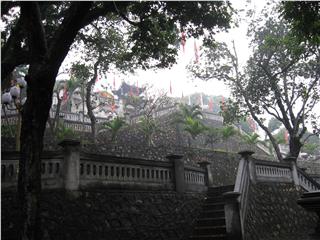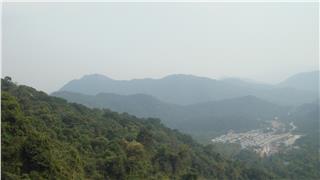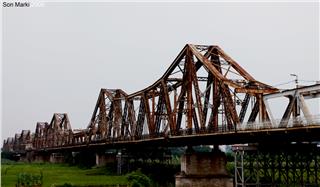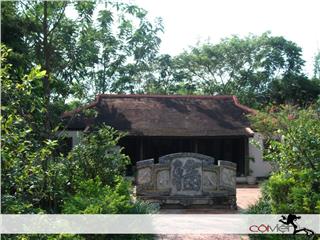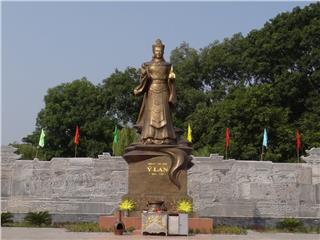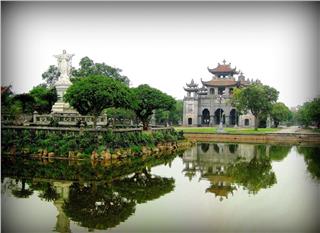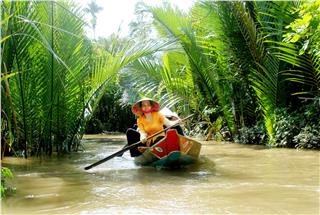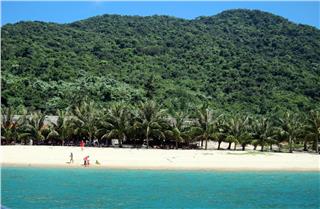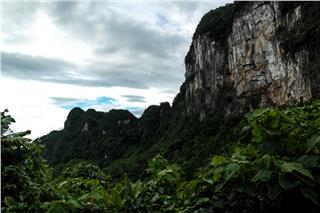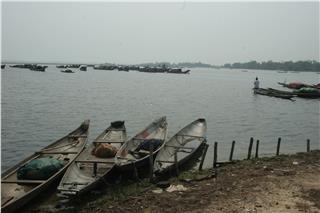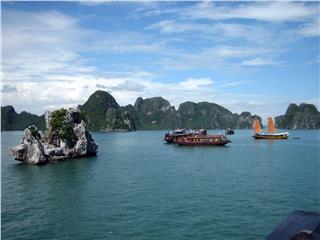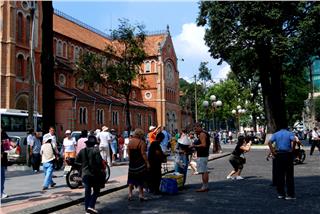Yen Tu Pagoda and records of Vietnam
Mon, 04 May 2015 . Last updated Thu, 25 Jun 2015 09:06
-
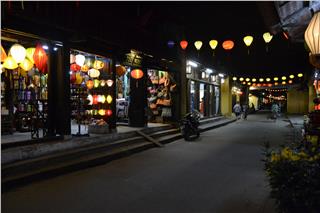 Hoi An travel to New Moon Festival 7230 viewed
Hoi An travel to New Moon Festival 7230 viewed -
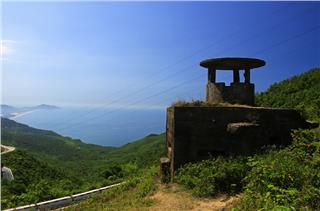 Vietnam War bunker near Da Nang 6704 viewed
Vietnam War bunker near Da Nang 6704 viewed -
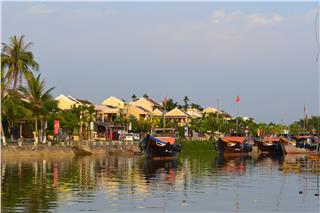 Ancientness of Hoi An ancient town 6615 viewed
Ancientness of Hoi An ancient town 6615 viewed -
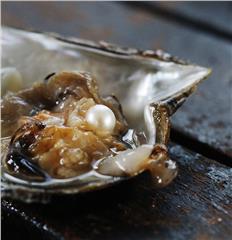 Discovering pearl in Phu Quoc Island 6122 viewed
Discovering pearl in Phu Quoc Island 6122 viewed -
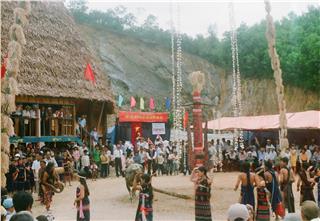 Discovering the Co Tu village in Quang Nam 5978 viewed
Discovering the Co Tu village in Quang Nam 5978 viewed -
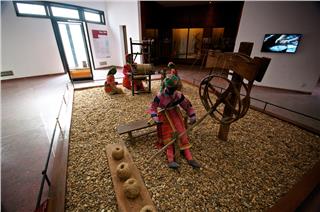 Cultural identity of ethnic groups in Vietnam Museum of Ethnology 5940 viewed
Cultural identity of ethnic groups in Vietnam Museum of Ethnology 5940 viewed -
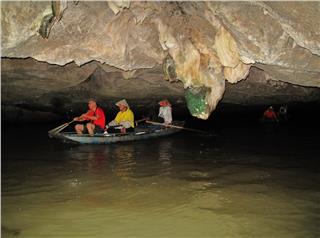 Visit Trang An complex in Ninh Binh 5842 viewed
Visit Trang An complex in Ninh Binh 5842 viewed -
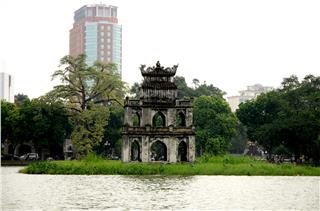 Hanoi Vietnam to Hoan Kiem Lake 5683 viewed
Hanoi Vietnam to Hoan Kiem Lake 5683 viewed -
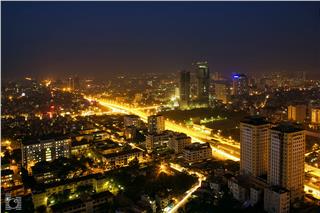 Hanoi at night 5581 viewed
Hanoi at night 5581 viewed
Yen Tu pagoda is a complex of pagodas in the mountain of Yen Tu - the most sacred place. Reaching here means reaching the ancestral place of Vietnamese Buddhism. Pilgrims come here with greatest sincerity to pray for the Buddha’s support.
This is one of the biggest festivals in Vietnam. This site attracted 2.1 million tourists and pilgrims in 2012. It’s considered the ancestral place of Vietnamese Buddhism. Yen Tu pagoda is located in Yen Tu Mountain, 1,068m above the sea level, in Uong Bi city, Quang Ninh province. The land is attached to Tran Nhan Tong, the king who led his troops to two victories over Mongol invaders and left his throne for Yen Tu to found Truc Lam Zen sect here. Yen Tu was recognized as a special national-level historical place.
Pilgrims used to have to climb thousands of stone steps (6,000 m) during 6 hours, through immense primitive forests and huge waterfalls to reach the mountain top. Thanks to the completion of the cable car system no.1 in 2002 which can bring tourists to Hoa Yen pagoda and the second one in 2008, which leads to the mountain top, the journey becomes much easier.
Let’s offer an incense stick at the ancestral tower before entering Hoa Yen pagoda. It was built in the Tran Dynasty and restored in early Le Dynasty. This is the place where part of sariras of Dieu Ngu GIac Hoang Tran Nhan Tong is kept. A marble statue of Truc Lam Zen sect founder, 62cm in height, in Buddhist kasaya is placed on the second floor of the tower. This is the model for the giant bronze statue.
Tens of groups of Buddhists come to Yen Tu everyday. They perform rituals to show their respect for Tran Nhan Tong and pray for his support. There’re more than 90 other towers in the tower garden. This is the place where Buddhist monks who passed away in Yen Tu mountain rest in peace. Offering incense at these towers is a way for Buddhists to express their gratitude for predecessors.
Located at the height of 535m above the sea level, Hoa Yen pagoda is the biggest pagoda in Yen Tu mountain and it’s also called “Chua Ca”. The construction of Hoa Yen pagoda began in the Ly Dynasty. The pagoda was called Phu Van then. It used to be a small thatched pagoda named Van Yen where Tran Nhan Tong preached sermons. Three founders of Truc Lam Yen Tu Zen sect were chief monks of this pagoda. Le Thanh Tong passed the pagoda and saw that it was surrounded by fresh flowers. Thus, he named it Hoa Yen.
The pagoda we see today was built in the Nguyen Dynasty. It has 5 compartments arranged in the shape of Chinese character “ding”. It’s believed that Hoa Yen pagoda is located in the position of the dragon’s head with the ancestral tower being the dragon’s eye and the two mountains at two sides being dragon’s arms. Many precious objects that bear the imprint of the glorious day of the Buddhist Zen sect can be found in the pagoda, like statues of Buddha, stone stelae, ancient bricks, and stone incense burners dated to the reign of Le Trung Hung in the 17th century.
Hoa Yen pagoda was restored in 2002 with a new shape consisting of the inner part resembling Chinese character “gong” and the outer part resembling Chinese character “guo”. The ancestral house, the corridors, the drum and the bell of the pagoda have patterns typical of architecture under the Tran Dynasty. The pagoda is harmonious blend of architecture and nature, Buddhism and life.
Visitors to Hoa Yen pagoda are amazed at three 700-year-old trees. Southern people call these trees Plumeria but their common name as Frangipani can show the sacred atmosphere at the pagoda. The old roots of the trees let us know how much hardship they overcame. The trees are often linked to unyielding heroes in the battle. They come in full bloom in the season, beautifying the tranquil space here. Hoa Yen is a must-see place for all tourists to Yen Tu.
The next destination is the cable car station no.2. We can see the weather change here. The temperature here is quite lower than that at the foot of the mountain. Bushes and bamboos replace immense ancient trees. The clouds flying across our faces make the space even more mysterious. In front of us is the newly-carved statue of Tran Nhan Tong, the highlight of Yen Ti historical complex. The statue, placed in An Ky Sinh on Yen Tu peak, is made from concrete and stone. The foundation of statue is 3m high; the lotus base is 2m high and the statue has the height of 9.9m.
Standing here, we can have an overview of Yen Tu mountain and surrounding pagodas. The statue sets three records of Vietnam, including, the biggest monolithic statue in Vietnam, the statue placed in the highest position, the statue carved with the most modern technology in Vietnam.
As the construction of the statue was carried out in a high a narrow place with the total quantity of 2,500 tons, the contractors built it right on the concrete base and put the kiln on the scaffolding. They had two tries before casting the statue at the height of 920m above the sea level to test the thermal resistance of the base. With the finance of VND 75 billion, the statue is evaluated as a record work. It’s a new tourist attraction in Yen Tu.
Our next destination is Dong Pagoda on Yen Tu top, a must-see place for all tourists to Yen Tu. The air becomes thinner and the dew gets thicker. There are more stones than trees here. The path to the pagoda is quite challenging with steps being tottery stones. Dong pagoda is located on Yen Tu top, 1.068m above the sea level. It was inaugurated on January 30, 2007 and is considered the most special pagoda in Asia. It has the height of 3.35m and patterns typical of the Tran Dynasty.
The pagoda, statue of the Buddha and the bell, 70 tons in weight, were cast from bronze imported from Australia. It consists of about 6,000 components and the heaviest one (1.4 ton) was installed right on the mountain top. The pagoda has the shape of Chinese character “ding” and covers an area of nearly 20 sqm in the center of the foundation of a lotus-shaped pagoda formerly built here.
Dong pagoda’s records of Vietnam include biggest bronze pagoda in Vietnam, pagoda with highest location in Vietnam, pagoda with top donation: VND 1 billion and 10kg of gold, pagoda with top weight: 70 tons of bronze and top number of components: 6,000.
According to Tran Ngoc Hang, a Buddhism researcher from the Buddhist Shangha of Vietnam, the name of pagoda indicates both its material and the unity of Vietnamese people. This is the most sacred place. Reaching here means reaching the ancestral place of Vietnamese Buddhism. These pilgrims come here with greatest sincerity to pray for the Buddha’s support.
Source: VTV10 - NETVIET
- Tags:
- attractions in Quang Ninh
- Vietnamese Buddhism
- Yen Tu
- Yen Tu pagoda
- Yen Tu festival
- Quang Ninh attraction

